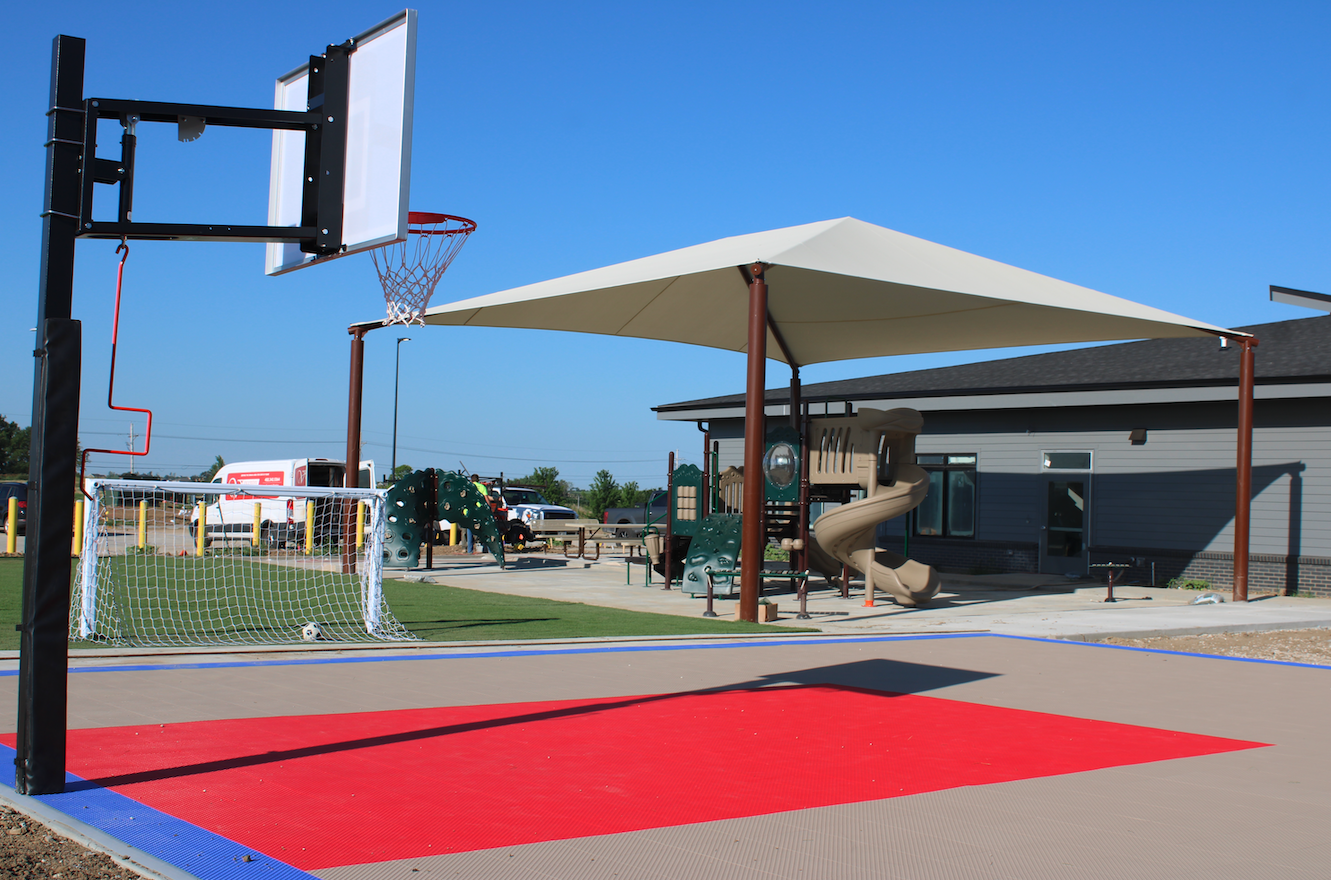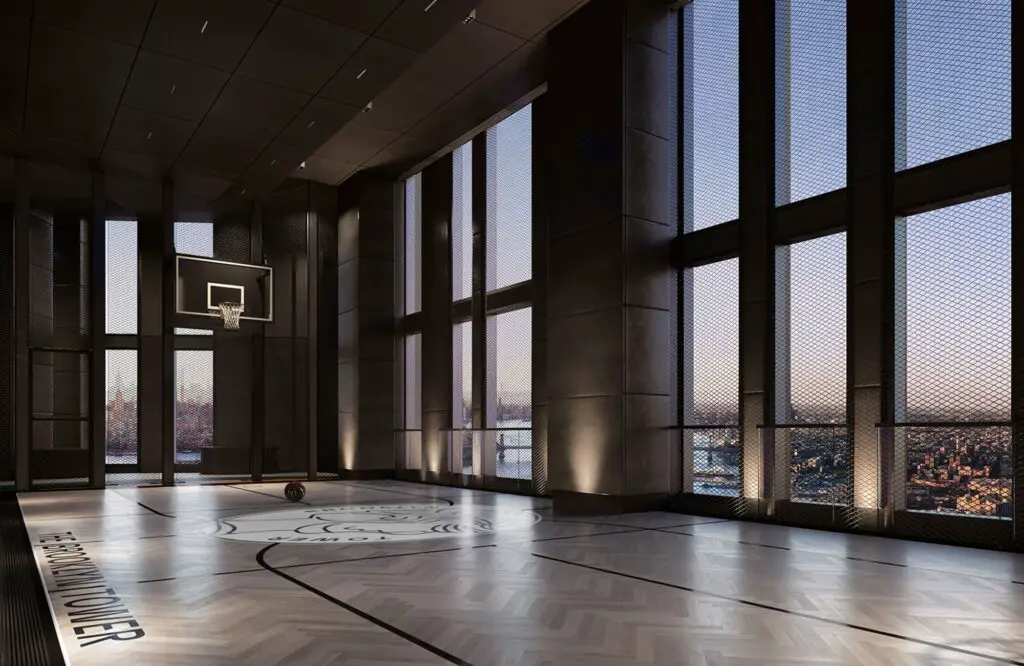Basketball is played on a court to provide a specified and regulated playing area. The court layout ensures fair gameplay and safety for participants.
In basketball, the court serves as the designated space where teams compete to score points by shooting the ball into the opposing team’s hoop. The boundaries, markings, and dimensions of the court are crucial in maintaining order and facilitating smooth gameplay.
Moreover, the court design and layout play a significant role in shaping the strategy and dynamics of the game. Understanding why basketball is played on a court can shed light on the sport’s structure and gameplay intricacies, highlighting the importance of this designated playing surface in the sport’s rich history and evolution.

Credit: www.kens5.com
The Origins Of Basketball
Basketball is played on a court due to its origins. The game was initially played in gymnasiums, allowing for a defined playing area. This concept has remained consistent throughout the evolution of the sport.
| The Origins of Basketball | ||||
| Invention by Dr. James Naismith | Dr. James Naismith invented basketball in 1891 | at Springfield College in Massachusetts. | ||
| Evolution of the Game | Basketball quickly gained popularity | and spread to other colleges and schools. | Today, it is a global sport played | on courts all around the world. |

Credit: about.underarmour.com
The Role Of The Basketball Court
The basketball court is where the game takes place. It provides the playing surface for teams to compete. One key component of the court is the basketball hoop where players aim to score points. The court is divided into two halves, each designated for a specific team. Boundaries outline the playing area and help maintain order during gameplay. The court layout is designed to facilitate smooth movement and strategic gameplay. Lines on the court indicate various zones and boundaries, guiding players and officials. The dimensions of the court are standardized to ensure fairness and consistency in the game.
Strategic Design
Basketball is played on a court for optimal player movement, which has a significant impact on game dynamics. The strategic design of the court allows players to maneuver effectively, facilitating swift and decisive actions. With specific areas designated for various purposes, such as the key for close-range scoring and the three-point line for long-range shots, the court layout plays a crucial role in shaping the flow of the game. Additionally, the dimensions of the court are standardized to ensure fairness and uniformity across different competitions. The strategic design of the basketball court not only enhances the playing experience but also contributes to the overall excitement and competitiveness of the sport.

Credit: grandislandfencecompany.com
Symbolism And Tradition
Basketball is played on a court for various reasons. Firstly, the court serves as a symbol of the game itself. The dimensions and markings on the court are designed to create a structured and organized space for players to compete, emphasizing the importance of discipline and strategy in basketball. Moreover, the court’s layout, with its boundaries and lines, helps establish fairness and clarity in the game, enabling players to navigate and understand their positions and roles on the court. This symbolism is further strengthened by the fact that courts have become iconic in popular culture, appearing in movies, TV shows, and advertisements, thereby solidifying the connection between basketball and the court in the public’s consciousness. Overall, the basketball court symbolizes the essence of the game and provides a physical and visual backdrop for players and fans alike.
Innovations And Future Trends
| Why is Basketball Played on a Court | |
| Heading: Innovations and Future Trends | Subheading: Technological Advancements |
Basketball is played on a court due to its specific dimensions and layout, allowing players to effectively compete in the game. The court itself has undergone various innovations and will continue to experience future trends. Technological advancements have played a significant role in changing court designs, enhancing player performance and providing a thrilling experience for fans.
With evolving technologies, court designs have become more adaptable, providing better traction, reducing the risk of injuries, and improving gameplay. Smart courts equipped with sensors are being developed to track player movements, capture data, and enhance coaching strategies. The use of LED lighting systems has also revolutionized basketball courts by enabling dynamic light shows and highlighting important areas of play.
As technology continues to advance, basketball court designs will likely focus on integrating augmented reality elements, interactive features, and incorporating sustainable materials. The aim is to create an immersive experience for both players and spectators, maximizing the enjoyment and excitement of the game.
Frequently Asked Questions For Why Is Basketball Played On A Court
Why Is Basketball Played On A Court?
Basketball is played on a court to provide a standardized playing surface that ensures fair and equal gameplay. The court’s dimensions and markings help players understand the boundaries, making it easier to enforce rules and facilitate smooth gameplay. Additionally, the court layout allows for effective strategy and positioning, contributing to the game’s tactical nature.
Conclusion
The basketball court provides a structured environment for the game, ensuring fair play and strategic maneuvers. The court’s dimensions, lines, and markings facilitate the flow of the game and serve as visual aids for players and referees. Playing on a designated court also enhances safety and regulates the game’s pace and rhythm.



